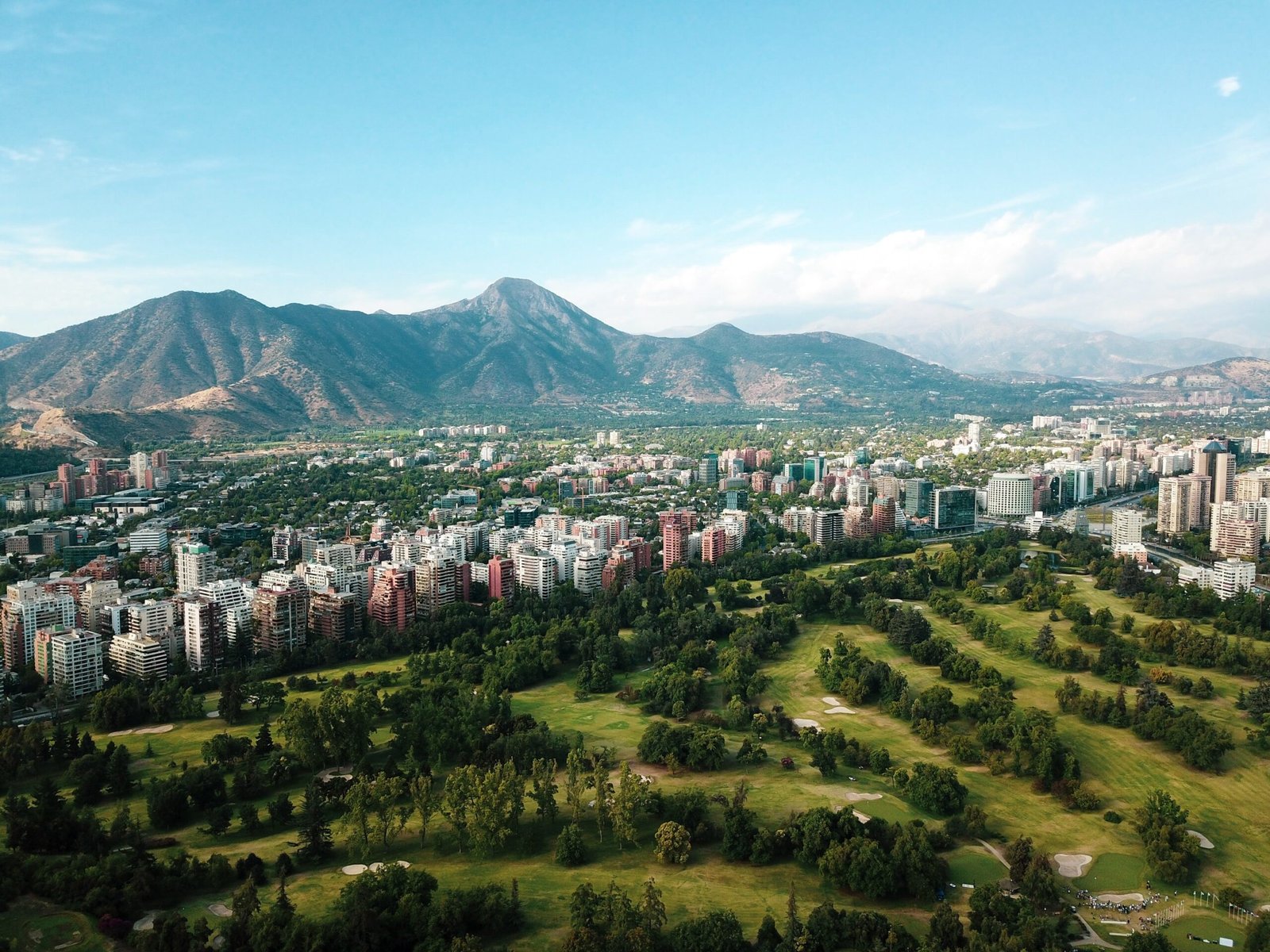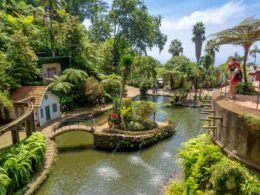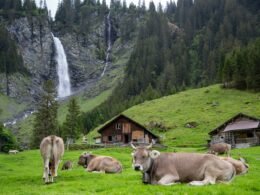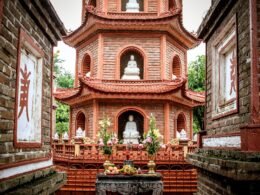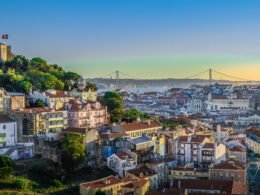If you are looking for a trip full of novelty, adventure, and incredible landscapes, look no further than the country of Chile. Since it is the longest country in the world, Chile stretches almost half of the entire continent of South America, meaning that you will find the most diverse attractions. Chile is one of the only places where you can find deserts, snow-capped mountains, skyscrapers, wine vineyards, and penguins in the same country!
Here is how you can spend 10 days in Chile to take advantage of the best highlights the country has to offer.
Days 1-3: Santiago and Valparaiso

Day 1: Explore downtown
Since Santiago International Airport is the country’s biggest airport, it is best to fly here to begin your Chile journey. After getting settled, head out to downtown Santiago, where you can join one of the many free walking tours that the city offers. Tours normally last about two hours, and a local guide can show you the highlights of Santiago, such as Palacio de la Moneda, Plaza de Armas, and Centro Cultural Palacio de La Moneda.
After the tour, make sure to stop by Mercado Central, or Central Market, a large and vibrant indoor market with produce, fresh seafood, and handmade crafts. For a cheap and authentic meal, stop into one of the many small restaurant stalls available for a typical Chilean lunch.
Day 2: Hike San Cristóbal Hill
The third highest peak in the city, San Cristóbal Hill is a great way to spend the day in Santiago. The base of the trail can easily be reached by metro or taxi, and the summit takes about 45 minutes to an hour to reach by foot. Be amazed by incredible panoramic views of Santiago on the way to the top, with several overlook points for photos. At the top, you will find a small plaza full of restaurants and souvenir shops. Make sure to buy a Chilean empanada after your long hike or if you have a sweet tooth, a mote de huesillo, a sweet peach nectar with whole pearled barley.

Another must-see when at the top of San Cristobal hill is seeing the immense Virgin Mary statue which sits at the peak. It measures 14 meters tall and is an amazing sight regardless of if you are religious or not.
Day 3: Day trip to Valparaiso

You cannot leave Santiago without visiting the city’s artistic little brother, Valparaiso. Take a public bus to Valparaiso, which costs less than $10, and is about an hour from Santiago. Here, you will find a bohemian coastal city known for its amazingly colorful houses. Just wandering around the labrynith of quirky street art and colorful buildings is enough to pass an entire day, so make sure to wear your best walking shoes. To learn more about the history of Valparaiso, the city also offers a multitude of free walking tours.
A must-do while in Valparaiso is to ride one of the many ascensores, or funiculars in the city, which will take you to the top of some of the most scenic viewpoints. The most well-known is Ascensor Concepción, which takes you to the top of Cerro Concepción, and has panoramic views of Valparaiso. Also make sure to check out La Sebastiana Museo de Pablo Neruda, one of the homes of the famous Chilean poet Pablo Neruda.
Days 4-5: Easter Island

Day 4: Arrive at Easter Island and go stargazing
After visiting Santiago, head back to the airport to fly to Easter Island, located off the Pacific coast of Chile. Flights from Santiago to Easter Island are about six hours in duration and are not cheap, however, visiting Easter Island is a once-in-a-lifetime opportunity. It is one of the most isolated islands on earth and is home to stone human statues built by the Rapa Nui indigenous people dating back to 1,000 C.E. If arriving later in the day, check out the moai (statues) at night, where you will have incredible views of the starry sky thanks to the extremely low light pollution of Easter Island. Join one of the many stargazing tours available on the island and learn about Polynesian history and astronomy.
Day 5: Explore Rapa Nui National Park
After a full night’s rest, head out the next day to Rapa Nui National Park, a UNESCO World Heritage site. The park covers about 40% of the island and is home to the infamous moai human statues.
If you want to see more things in a day, try renting a bike and exploring the island faster. Most roads in Easter Island are paved, however, the dirt or stone paths are still able to be biked. Prices are reasonable, and you can usually find bikes for about $15-20 USD daily.
After having a full day of exploring, head over to Hanga Roa to watch one of the authentic Rapa Nui Tahitian dances. There are usually shows going on almost every night, so there are plenty of opportunities to see one. If you visit during early February, you will be lucky to be a part of the Tapati Festival celebrated on the island with sports competitions, horse races, dancing, and handicraft.
Days 6-7: Atacama Desert
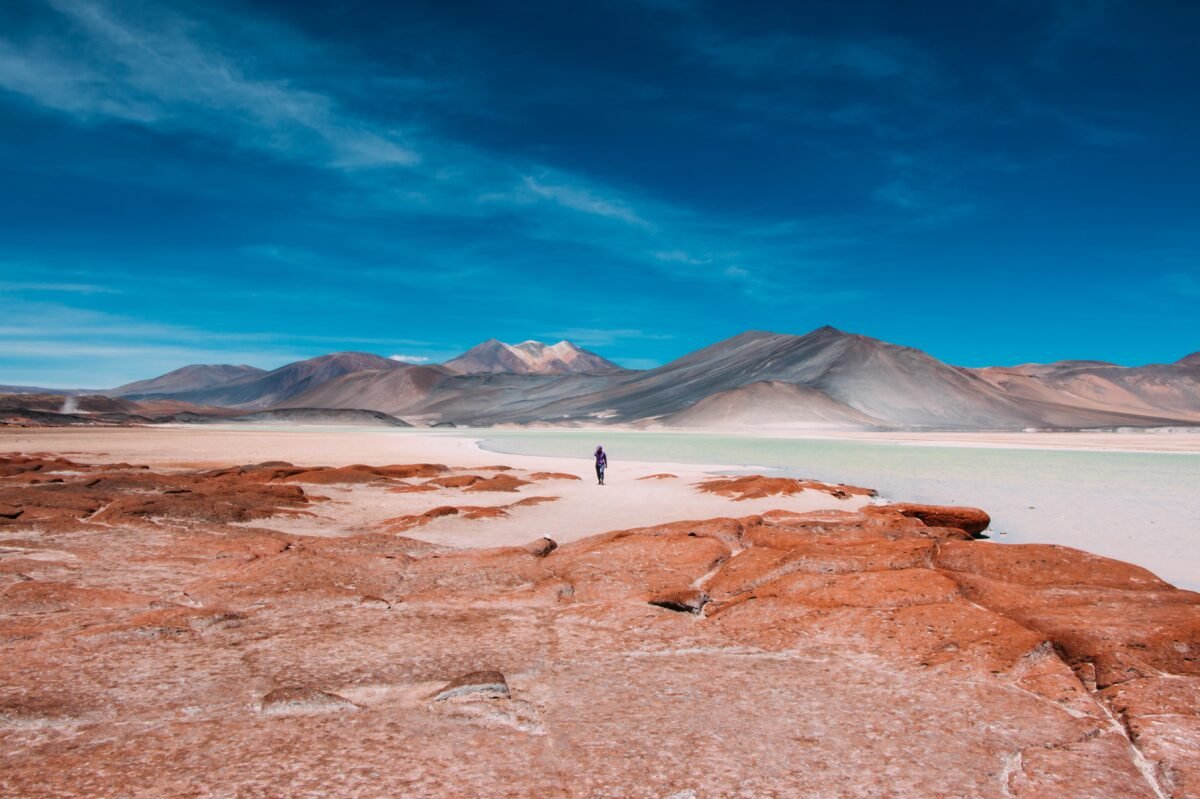
Day 6: Arrive at San Pedro de Atacama and ride a hot air balloon
This region of Chile is one of the most unique in the world – the Atacama Desert is the driest place in the world. Before visiting the desert, make sure to explore San Pedro de Atacama, the nearest town. It the main entry point for travelers visiting the desert, so there is an abundance of restaurants and shops to check out before embarking on your adventure.
After checking out the town, try one of the many hot air balloon tours that are available in the Atacama desert. You can ride a hot air balloon during sunrise or sunset over the desert and see amazing panoramic views of the Andes mountains and Moon Valley.
Day 7: Visit Moon Valley and go swimming in a lagoon
On your second day in the Atacama, make sure to go to the most visited place in the desert – known as Valle de Luna, or Moon Valley. Located about 17 miles from the downtown of San Pedro, you will feel like you are on another planet when visiting Moon Valley. It is actually one of the most inhospitable places on earth, so you will not find any animals or plants. Make sure to bring your camera, as Moon Valley is most recognized for its rock formations and sand dunes
For a relaxing afternoon away from the main tourism crowd, take a trip to the Hidden Lagoons of Baltinache, a low-profile spot in San Pedro. Since the area is so remote, it is advisable to only go with a guide. Once arriving, you’ll find a dazzling and immense landscape of bright blue pools in the salt flats. The water’s salt concentration is similar to that of the Dead Sea, making for a fun swimming experience.
Days 8-10: Patagonia

Day 8: Torres del Paine National Park
Appropriately nicknamed the “End of the World,” Patagonia is the last stop on your trip to Chile. It is a completely different landscape from the northern section of the country, lined with snow-peaked mountains, pristine lakes, and plenty of waddling penguins.
Chilean Patagonia’s most-visited destination is National Park Torres del Paine, which stretches 700 square miles and receives an average of 300,000 visitors per year. The park is recognized for its iconic “three towers,” or granite mountain peaks, lakes, and glaciers.
Although Torres del Paine is most visited for its extensive multi-day backpacking trails, it is still great to visit for just the day. There are many tour companies that operate day tours of the park, which can take a lot of planning and hassle off of your plate. If you prefer to do it yourself, you can walk to the base of the torres within a day, and get stunning views of the mountain and lake.
If you are lucky, you may catch a glimpse of the native guanacos, or a South American cousin of the llama, which inhabit the park. One note to keep in mind is that the park is also home to pumas, and you may be able to spot one while hiking. For a larger possibility of seeing one, try out a puma spotting tour, where an experienced guide can take you to the most frequented puma spots for a chance to see them and photograph them.
Day 9: Visit Parque Pengüino Rey (King Penguin Park)
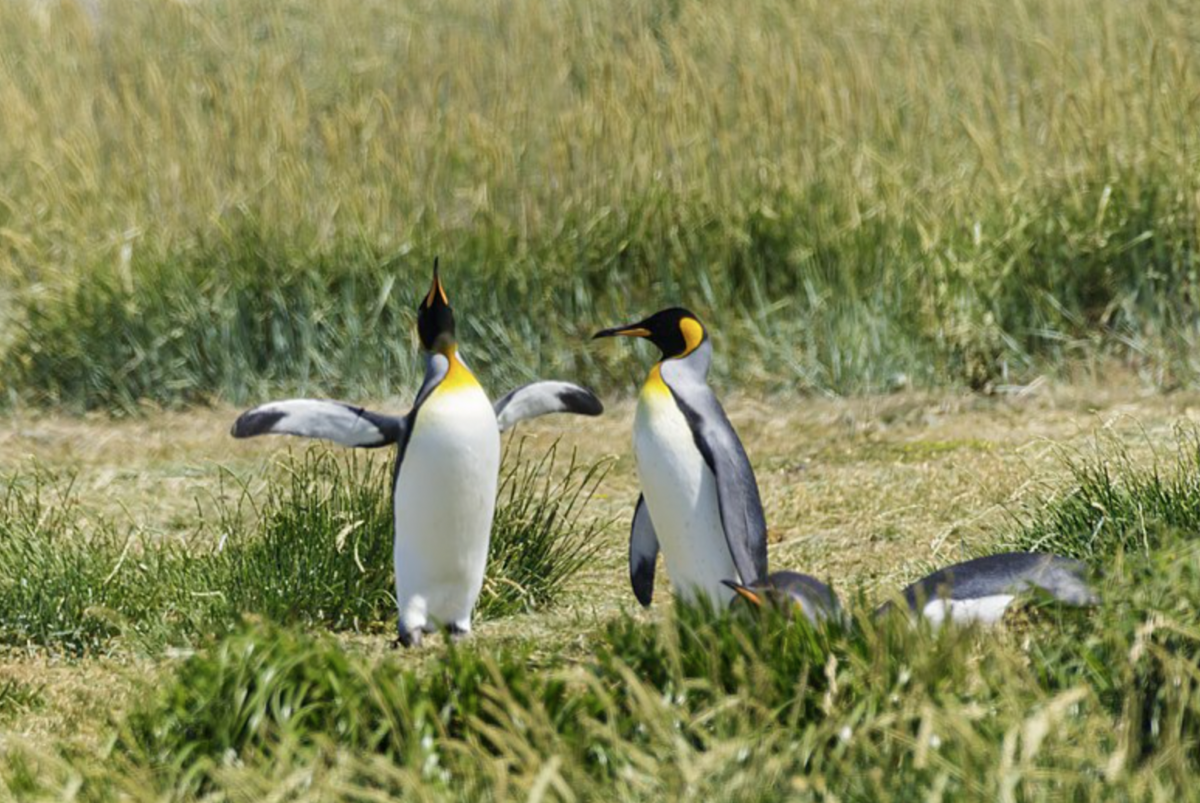
After spending the time in Torres del Paine, head over to the Tierra del Fuego region of Patagonia to visit Parque Pengüino Rey, or King Penguin Park. Here, you can see wild King Penguins with your own eyes, a sight that you can’t find in many parts of the world.
In order to get the most immersive and educational experience, consider going on an organized tour to learn about the penguins of Patagonia, as well as have all travel logistics figured out for you. If you go with this option, the tour operator can pick you up at your hotel in Punta Arenas (closest major city) and will drop you off at the end of the tour.
Day 10: Punta Arenas and whale watching
After a long few days of walking, hiking, and exploring, take a more relaxed day in Punta Arenas, one of the larger major cities in the Chilean Patagonia region to walk around downtown and have a bite to eat. The most notable attraction is the city’s main square, Plaza de Armas, which leads to the Costanera del Estretcho, a coastal road with great views of the city and Strait of Magellan.
With its close proximity to the water, Punta Arenas is also a perfect hub to embark on a whale or dolphin watching tour. Tours last all day, and tour operators will transport you by boat to the marine park Fransisco Coloane, where you will find Humpback whales, Maggellan penguins, austral dolphins, and various seabirds.
To conclude your trip and head back home, you can easily find flights departing from Punta Arenas International Airport, which will make a connection through Santiago.

Conclusion
Chile is an amazing country with a lot to offer and see. For the adventurous traveler, you will not get bored with the immense array of attractions that Chile offers. From the northern desert to the southern glaciers and penguins, it is hard to find a country as diverse as Chile. This 10-day itinerary lets you explore the must-see places of Chile, such as the capital city of Santiago, Easter Island, the Atacama Desert, and Patagonia.
Make sure to interact with Chileans, learn some of the local slang, and try some of the most iconic dishes of the country. Chile will surely impress you, and you may question leaving at the end of your trip!






